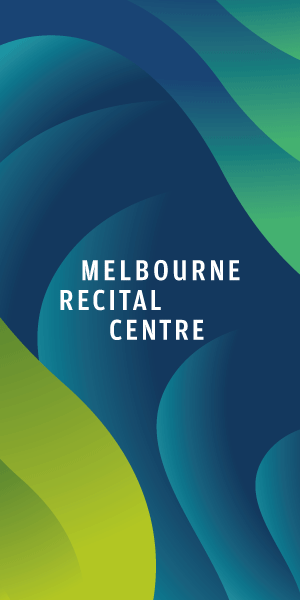Council lays down models for more laneway greening in the CBD
Following the success of pilot greening projects in four CBD laneways since 2017, the City of Melbourne has officially endorsed three models, which it says will help see more laneways go green in our city.
At a council meeting on July 25, councillors unanimously endorsed the recommendations in an evaluation of the “Green Your Laneway” program, which has so far included Coromandel Place, Katherine Place, Meyers Place and Guilford Lane in the CBD.
The council report noted the “significant potential” for further laneway greening in the municipality, “with 70 hectares of horizontal minor road space available, and 150 hectares of vertical wall space, which is largely underutilised”.

The four laneways that participated in the pilot greening project.
“The pilot program tested if greening, combined with other place-making measures, could increase amenity, attract visitors and improve health and wellbeing for communities that live, work and play in Melbourne’s iconic laneways,” the report read.
With the evaluation seeking input from directly affected residents, businesses and visitors of each of the four pilot projects, the council has now landed on three models for future greening. They are:
- “Community driven”: greening that supports privately owned greening in permitted public space through the “Greening Melbourne” permit process;
- “Business and community driven”: greening that co-funds privately owned greening in privately owned space that interfaces with the laneway’s public realm, supported by “tailored grants” through the council’s Urban Forest Fund; and
- “Council driven”: greening that delivers publicly owned greening in public space in accordance with the council’s “strategic and environmental goals”.
Speaking in support of the laneway greening program the council’s environment portfolio chair Cr Rohan Leppert said it was clear from the community’s feedback that the concept was “wildly popular”.
“Now it is five years ago [since the project began] and there has been a little bit of a bump with COVID, but if COVID taught us anything, it’s that people really, really value greening in the public realm,” Cr Leppert said.
“Whether those are parks or whether that’s any other opportunity, it’s fair to say I think that green laneways are a wildly popular concept.”
“We need to ensure, of course, that we can develop more and more of these in a sustainable way, because it’s not simply a matter of council installing greening everywhere. There are thousands of laneways in the City of Melbourne, and we’ve learned a lot from this process and how communities can be brought together to make these exercises as successful and sustainable and lasting as possible.”
“The evaluation summary report that we’ve got before us is a beautiful report, because it’s not only about green infrastructure, but also about the value of bringing community together to do it well.”
For more information: participate.melbourne.vic.gov.au/greenlaneways •

Could the Metro Tunnel help Melbourne rediscover its mojo?






 Download the Latest Edition
Download the Latest Edition